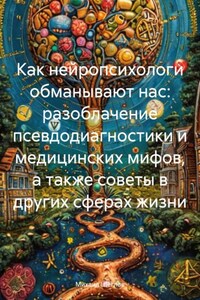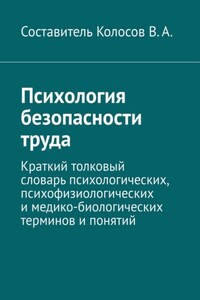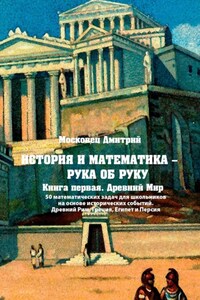Translator Vasily Ermolin
Translator Dmitry Moskovets
© Dmitry Moskovets, 2024
© Дмитрий Московец, 2024
© Vasily Ermolin, translation, 2024
© Dmitry Moskovets, translation, 2024
ISBN 978-5-0059-0760-8 (т. 1)
ISBN 978-5-0059-0761-5
Created with Ridero smart publishing system
Let’s remember the tasks that we all had at school. Sometimes they were interesting, sometimes tedious. Someone was always travelling from point A to point B. Why? There was no answer. Still, they always reached their destination. Time flew, and we always forgot about this brave traveller. The purpose of the book and the tasks inside is to make students remember such travellers, and, while doing mathematics, also learn about history.
Some of the characters are fictional, but the larger part really existed and left a mark in history (their names can be found on the list at the end of the book).
Just like the events: the real ones have a date next to them.
A list of the used terms is located at the end of the book. It goes along with a list of all historical personalities mentioned in the book. All the tasks (and more) can be found on www.mathistory. xyz.
Ancient Egypt still beckons tourists with its amazing pyramids, mystical Sphinx, mysterious hieroglyphs…
E.1.Time scares everyone and fears pyramids
The largest pyramid in Egypt (probably, in the world) is the Great Pyramid of Giza (the tomb of Fourth Dynasty pharaoh Khufu1).
Scientists still have not reached a consensus and can only guess how and when it was erected. In Egypt, the official celebrated date of the start of the construction is August 26, 2540 BC. It is believed that the construction took 20 years. How many years has the pyramid been standing if the current date is 2017?
E.2. The first peace treaty
The first peace treaty was made before Christ by the great Pharaoh Ramesses II2 with the Hittite3 King. If Ramesses II had been born 9 years later, then by doubling the date of his birth, we would have gotten the date of the start of the construction of the pyramids (see the previous task). When did Ramesses II die, if, according to some sources, he lived for 66 years?
E.3. Gardens and cubits – what do they have in common?
After the war with the Nubian tribes, the Amenhotinox – one of the Egyptian military leaders, – gave his squire Hannumat with a small garden measuring 45 by 45 cubits4.
Can you count how many carrots he planted in the garden, if each cubit stood for 45 carrots? (Some may wonder why this problem is here, but it helps to practice mental counting. All actions can be done in mind using simple techniques)
E.4. What came first – Alexandria or Rome?
Certainly, Rome was founded earlier, the official date of its foundation is considered to be 753 BC. Alexandria was founded by Alexander the Great5 in Egypt nine years prior to his death. Both cities still exist. Determine which year Rome was twice as old as Alexandria.
E.5. Stadium and the Pyramids
Can pyramids be used for sports? The pharaohs hardly would have liked it.
Calculate how many laps one needs to make around the Great Pyramid of Giza to run a marathon distance of 42 km (see more about the marathon distance in task G. 10). The length of the pyramid’s side is 440 royal cubits6.
E.6. On a trip along the river Nile
At one time Thebes used to be the capital of Upper Egypt. The Pharaoh set in a boat downstream the Nile. Half the time servants rowed at 4 km/h, then a quarter of the time the passengers sailed at 6 km/h, the rest of the way the boat moved under sail and oars at 8km/h. Finally, the Pharaoh arrived to Memphis7, having travelled 726 km along the Nile. How many kilometers did the boat go under oars, if the daytime lasted for 12 hours?
Ancient Persia (or the «Achaemenid Empire) was a state that, at its height, stretched from Libya and Greece to India. According to some historians, the population of this ancient Empire reached 50 million: almost half the population of the entire planet at that time.
P.1.Grass tribute
The Persian Empire in 521 BC was divided into 20 satrapi8 and each of them paid tribute. However, there were areas that were not satrapies, but still had to pay tribute. For example, the Arabs in the territory of modern Jordan sent 1,000 talents9 of thyme creeper annually. Dried plants were brought to the Empire.
How many donkeys are needed daily to transport all the thyme for drying if there is 15% of moisture in dried thyme and 95% in newly harvested? One donkey transports a load of 5 talents once a day.
P.2. Gold and silver
Of course, a tribute in grass is an exotic type of tribute and, in fact, most of the tribute was paid in gold or silver. The greatest tribute in silver was paid by Babylonia and Assyria. The amount was 1,000 silver talents. Besides horses, grass and other «non-metal» tributes, Babylonia and Assyria paid 1/7 of the entire tribute in silver.










